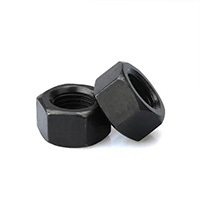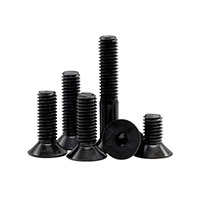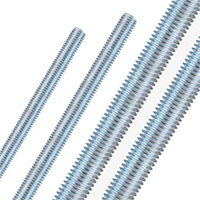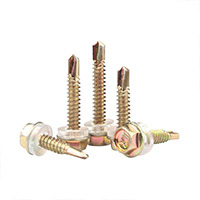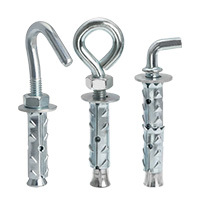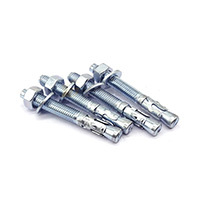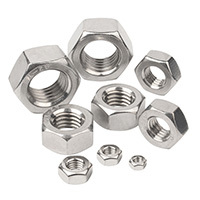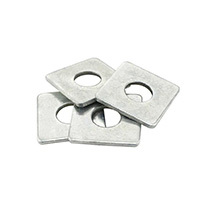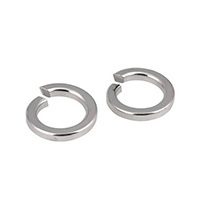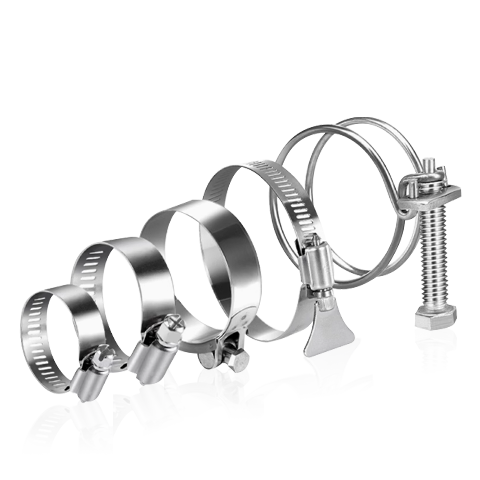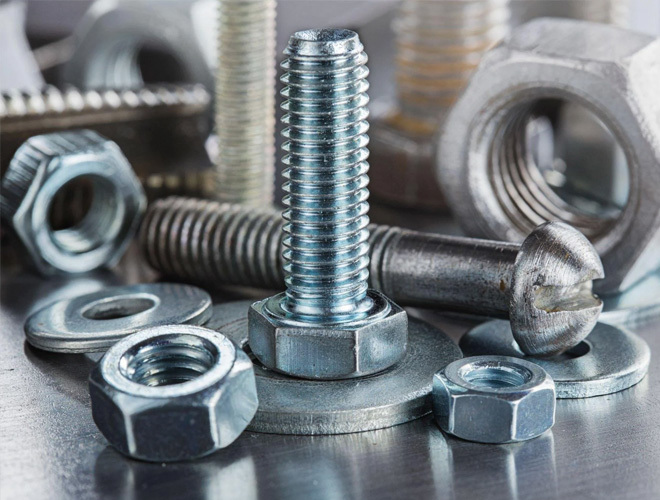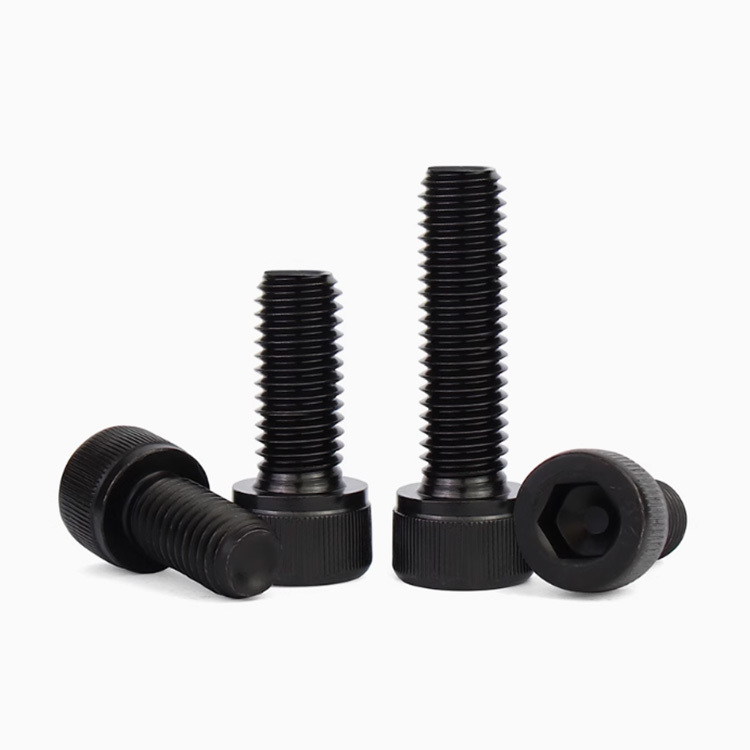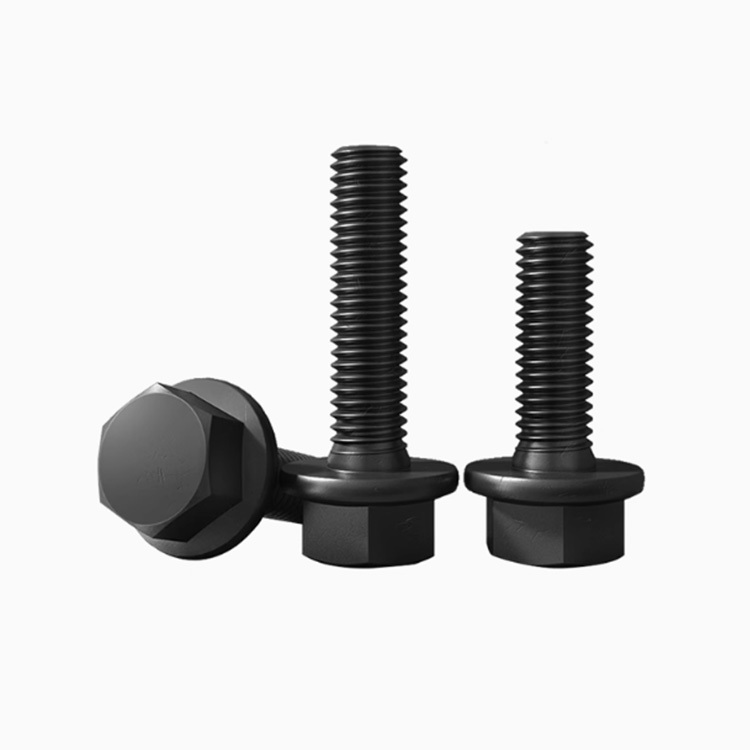Essential Maintenance Tips for Extending the Life of Hexagon Socket Bolts in Harsh Industrial Environments
Jul 31,2025
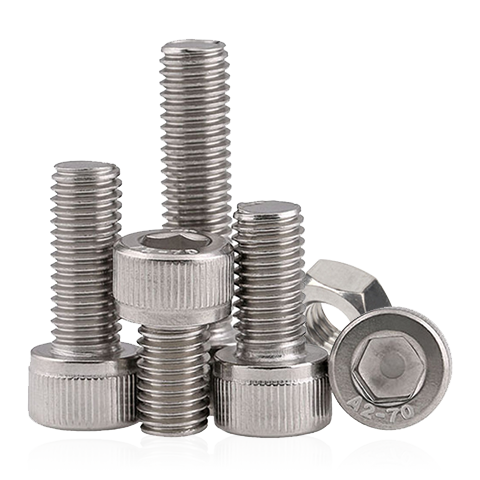
Essential Maintenance Tips for Extending the Life of Hexagon Socket Bolts in Harsh Industrial Environments
Table of Contents
- Understanding Hexagon Socket Bolts
- Common Challenges Hexagon Socket Bolts Face in Harsh Environments
- The Importance of Regular Maintenance
- Best Practices for Maintaining Hexagon Socket Bolts
- Pre-Installation Checks
- Proper Installation Techniques
- Routine Inspections
- Cleaning and Lubrication
- Proper Tightening and Torque Specifications
- Corrosion Prevention Methods
- Replacement and Upgrades
- When to Replace Hexagon Socket Bolts
- Frequently Asked Questions
Understanding Hexagon Socket Bolts
Hexagon socket bolts, known for their versatility and strength, are essential components in various industrial applications. Their design features a recessed hexagon drive, allowing for effective torque application while minimizing the risk of stripping during use. Manufactured from high-strength materials, these bolts are engineered to withstand significant loads and stresses. However, in harsh environments, the longevity of these bolts can be compromised, necessitating a comprehensive maintenance plan to ensure their effectiveness.
Common Challenges Hexagon Socket Bolts Face in Harsh Environments
In industrial settings, hexagon socket bolts encounter various challenges, which can adversely affect their performance:
1. Corrosion
Corrosion is one of the leading causes of bolt failure in environments exposed to moisture, chemicals, or extreme temperatures. The integrity of the bolt can diminish, leading to structural weaknesses.
2. Wear and Tear
Frequent exposure to friction, vibration, and heavy loads can cause wear and tear on bolts. Over time, this can lead to loosening or breakage.
3. Contamination
Dust, dirt, and other contaminants can accumulate on bolts, leading to potential failure. Contaminated bolts may not secure components effectively, posing safety risks.
The Importance of Regular Maintenance
Regular maintenance of hexagon socket bolts is crucial for ensuring operational efficiency and safety. Routine inspections can identify early signs of wear, corrosion, or contamination, allowing for timely interventions. Moreover, maintaining these bolts helps prevent unexpected equipment failures, which can lead to costly downtimes and repair expenses.
Best Practices for Maintaining Hexagon Socket Bolts
To maximize the longevity of hexagon socket bolts, implementing best maintenance practices is vital. Below are detailed practices that should be observed:
Pre-Installation Checks
Before installation, it is important to conduct thorough inspections of the hexagon socket bolts. This ensures that they meet the required specifications and are free from any visible damage:
- **Visual Inspection**: Examine bolts for any signs of corrosion or surface defects.
- **Check Specifications**: Ensure the right size and grade of bolt is being used for the application.
Proper Installation Techniques
Correct installation is key to the performance of hexagon socket bolts. Adhere to the following practices:
- **Use Proper Tools**: Always utilize the right socket wrench for installation to avoid stripping or damaging the bolt.
- **Follow Torque Specifications**: Adhere to the manufacturer's recommended torque settings to ensure optimal clamping force.
Routine Inspections
Implement a schedule for regular inspections of installed hexagon socket bolts. During these inspections:
- **Check for Loosening**: Regularly verify that bolts remain tight, particularly in high-vibration environments.
- **Inspect for Rust or Corrosion**: Identify any early signs of corrosion that could compromise the bolt's integrity.
Cleaning and Lubrication
Keeping hexagon socket bolts clean is essential for their functionality. Make sure to:
- **Clean Regularly**: Use a suitable cleaner to remove dirt, grease, and contaminants that may accumulate.
- **Lubricate When Necessary**: Utilize appropriate lubricants to reduce friction and enhance ease of removal.
Proper Tightening and Torque Specifications
Over-tightening or under-tightening can lead to bolt failure:
- **Understand Torque Settings**: Always refer to manufacturer guidelines for torque specifications based on the application.
- **Use a Torque Wrench**: Employ a calibrated torque wrench to ensure accurate tightening.
Corrosion Prevention Methods
To mitigate corrosion risks, consider the following strategies:
- **Select Corrosion-Resistant Materials**: Use stainless steel or coated bolts designed for harsh environments.
- **Apply Protective Coatings**: Consider applying anti-corrosion coatings or paints to protect exposed surfaces.
Replacement and Upgrades
After a specific operational period, assess whether bolts require replacement:
- **Identify Signs of Wear**: Look for fatigue signs such as cracks or deformation.
- **Upgrade Materials**: Consider upgrading to higher-grade materials if operating conditions have changed.
When to Replace Hexagon Socket Bolts
Knowing when to replace hexagon socket bolts is crucial for maintaining safety and structural integrity:
- **Visible Damage**: If bolts exhibit visible signs of corrosion, wear, or deformation, they should be replaced immediately.
- **Frequent Failures**: If bolts frequently fail despite proper maintenance, it may be necessary to assess the application and consider stronger alternatives.
Frequently Asked Questions
1. What materials are hexagon socket bolts made from?
Hexagon socket bolts are commonly made from materials such as carbon steel, stainless steel, and alloy steel. The choice of material depends on the application and environmental conditions.
2. How often should I inspect hexagon socket bolts?
Routine inspections should occur at least once a month in harsh environments, with more frequent checks advised if the bolts are subjected to heavy loads or vibrations.
3. Can I use regular lubricants on hexagon socket bolts?
It is advisable to use lubricants specifically designed for industrial applications, as they provide optimal protection against wear and corrosion.
4. What should I do if I notice a corroded hexagon socket bolt?
If you notice a corroded bolt, it is crucial to replace it immediately to prevent structural failures.
5. Are there specific torque settings for different types of hexagon socket bolts?
Yes, torque settings vary depending on the size, grade, and application of the hexagon socket bolts. Always refer to the manufacturer's guidelines for accurate specifications.
Conclusion
Extending the lifespan of hexagon socket bolts in harsh environments requires a proactive approach to maintenance. By implementing regular inspections, adhering to proper installation techniques, and employing effective cleaning and lubrication practices, you can significantly enhance the durability and reliability of these critical components. Understanding the challenges they face and taking necessary preventive measures will ensure the ongoing safety and efficiency of your operations.
Hot Tags:
Contact
E-mail:
Phone:
Address:
Yongnian Southwest Development Zone, Handan City, Hebei Province
PRODUCT SEARCH
Search And Quickly Find The Products You Need
The company has a modern production workshop and a professional technical team. It has introduced advanced automated production equipment from home and abroad, strictly controls every production link, is customer-centric, and is committed to providing customers with high-quality products and services.
Continue Search OR Customize Products



